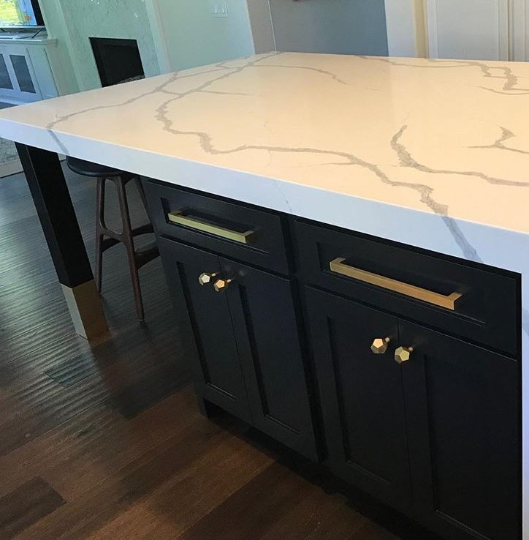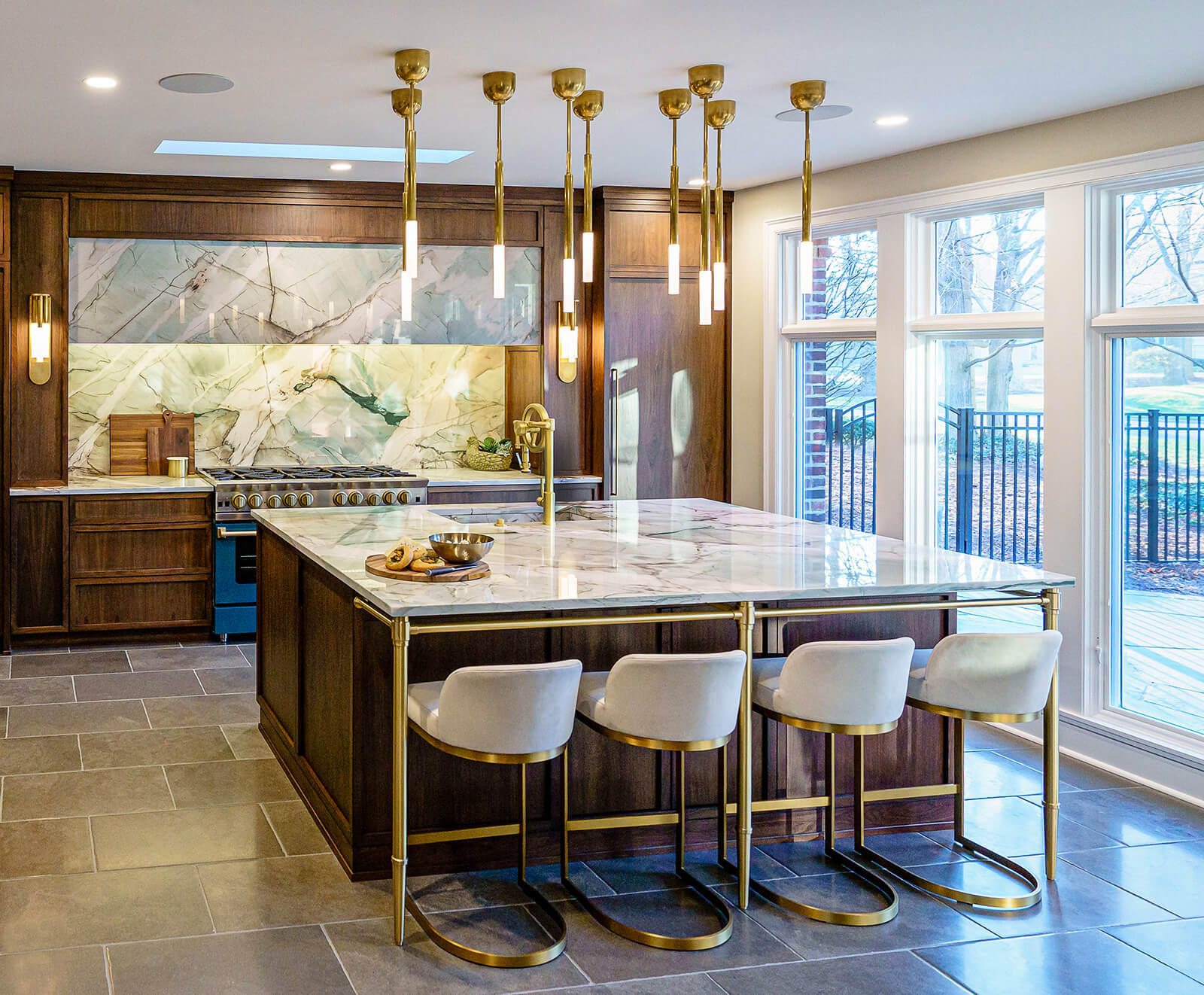Vital Elements to Think About When Picking Legs For Kitchen Island
Selecting the ideal legs for a cooking area island includes a mindful evaluation of several elements that can substantially affect both capability and visual allure. Among these, the option of product plays an essential role in guaranteeing resilience, while the design must complement the existing design. Factors to consider such as elevation and weight support are essential for stability and comfort. As we discover these components, it becomes clear that each choice can have far-reaching implications for the general kitchen area experience. What nuances should be taken into consideration in each of these groups to attain the excellent balance?
Product Options
When choosing legs for a kitchen area island, comprehending the numerous material choices is necessary for achieving both aesthetic allure and architectural integrity (Legs For Kitchen Island). The option of material significantly influences not just the longevity of the island yet additionally its total design and functionality
Metal legs, typically made from stainless steel or wrought iron, add a contemporary and commercial feeling while making certain longevity and security. These products are resistant to put on and can support substantial weight, making them optimal for larger islands.
One more alternative is crafted products, like MDF or plywood, which can be more cost-efficient while still using a range of coatings. They might not give the exact same level of stability as strong timber or steel. Legs For Kitchen Island. Materials such as acrylic or glass can produce a contemporary look, though they might require added support to ensure stability.
Ultimately, the option of material for kitchen area island legs should align with the wanted functionality and the total theme of the cooking area.
Design and Style

When taking into consideration design, the form and coating of the legs are essential. Conical legs can offer a sense of lightness and elegance, while thicker, a lot more durable legs can share strength and security. In addition, the finish-- be it painted, discolored, or all-natural-- should enhance the kitchen cabinetry and countertop materials to create a unified appearance.
Moreover, the style of the legs can also mirror individual preference. Customized or attractive legs, such as those featuring detailed makings or special geometric forms, can offer as focal points, adding character and individuality to the kitchen. Eventually, the ideal choice will certainly not only boost capability but also raise the aesthetic appeal, making the kitchen island a standout feature of the home.
Elevation Considerations
Picking the appropriate height for kitchen island legs is critical, as it straight impacts both functionality and comfort. The basic height for a cooking area island usually ranges from 36 to 42 inches, aligning with usual kitchen counter elevations.

It is also vital to represent users' choices and elevations. Tailoring the elevation can guarantee a comfortable experience for all household participants, making the kitchen island a more functional and pleasurable area.
Weight Support
Making sure sufficient weight support for cooking area island legs is crucial for both safety and capability. The kitchen island usually Go Here offers several purposes, including food preparation, eating, and additional storage space, requiring a durable support structure. When picking legs, it is vital to consider the overall weight ability called for based on the island's intended usage and the products that will be put on it.
The option of product for the legs plays a substantial role in their weight-bearing abilities. Strong wood, metal, and heavy-duty compounds usually provide exceptional strength contrasted to lighter products. Furthermore, the design of the legs-- whether they are straight, tapered, or have a pedestal type-- can affect their capacity to distribute weight efficiently across the framework.
Additionally, the leg positioning need to be strategically planned to boost stability. Legs placed at the edges or with a broader base can better sustain heavier lots. Constantly consult the producer's specifications pertaining to load restrictions to ensure that the legs can maintain the desired weight without endangering safety and security. In summary, picking kitchen island legs with appropriate weight assistance is vital for creating a risk-free and useful cooking room.
Setup and Maintenance
Proper installment and maintenance of kitchen island legs are critical for ensuring long life and stability. This commonly entails safeguarding the legs to the island base making use of appropriate bolts, making certain that the legs are degree and lined up.
When set up, normal upkeep is required to protect the honesty and look of the legs - Legs For Kitchen Island. For wood legs, periodic cleaning with a damp fabric and application of appropriate timber gloss can avoid moisture damages and keep their surface. Metal legs may need a mild cleansing remedy to get rid of oil and grime, followed by a dry fabric to stop rust development
Additionally, evaluate the legs consistently for indications of wear or damage, such as splits or loosened joints. Tightening up screws or bolts as needed can likewise extend the life expectancy of the legs. By sticking to these installation and upkeep techniques, home owners can make sure that their kitchen island remains sturdy and aesthetically appealing for several years to find.
Conclusion

Visual comprehensibility is critical in picking the style and layout of legs for a cooking get redirected here area island, as these elements significantly affect the total setting of the area. Tapered legs can supply a sense of lightness and style, while thicker, extra robust legs can communicate toughness and stability.Selecting the appropriate height for kitchen area island legs is crucial, as it directly impacts both performance and comfort. In summary, selecting kitchen island legs with adequate weight assistance is crucial for developing a practical and safe culinary area.
In final thought, selecting legs for a kitchen area island requires careful consideration of numerous aspects, including material alternatives, style, height, weight assistance, and setup.